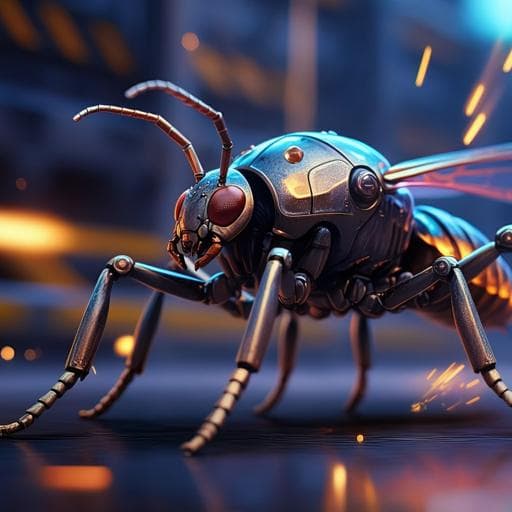
Engineering and Technology
A wireless controlled robotic insect with ultrafast untethered running speeds
Z. Liu, W. Zhan, et al.
Discover the groundbreaking BHMbot, a 2-cm legged microrobot that achieves ultrafast untethered running speeds of 17.5 BL s⁻¹! This innovative research by Zhiwei Liu and colleagues demonstrates versatile locomotion capabilities including sound signal detection and applications in a turbofan engine.
Playback language: English
Related Publications
Explore these studies to deepen your understanding of the subject.







